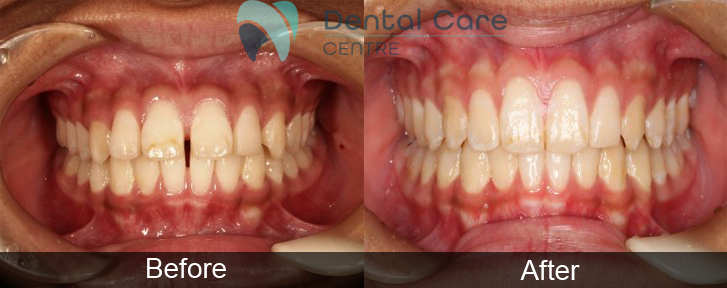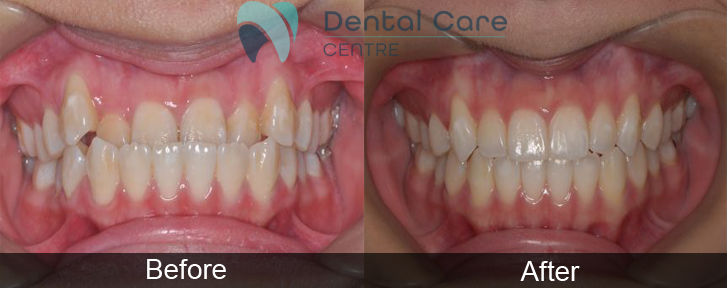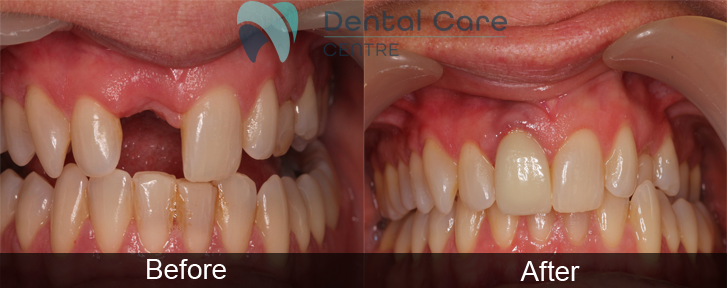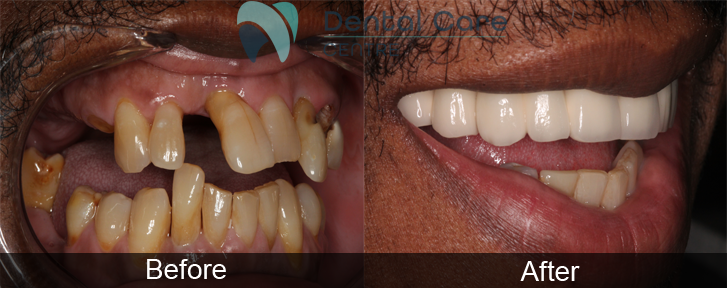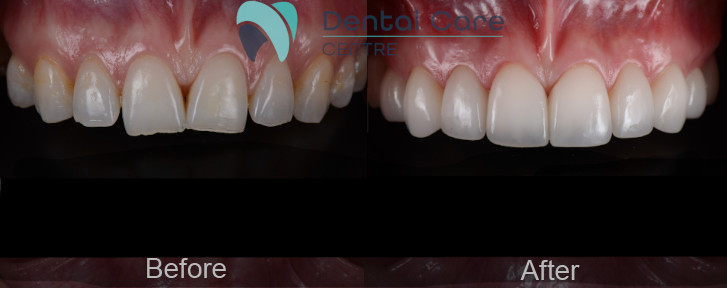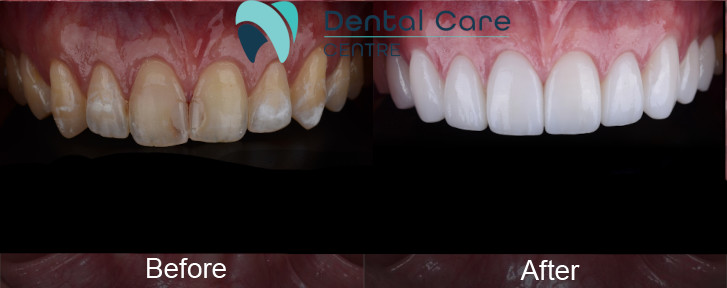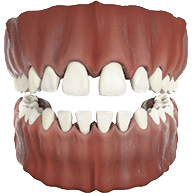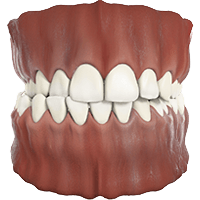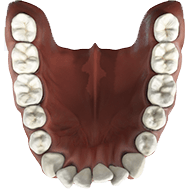Bone Grafts in London
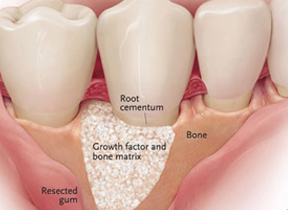
One of the main prerequisites for dental implant success is the sufficient bone quality and quantity at the suggested implant site. But what if the edentulous have a bone defect? Insufficient bone at the proposed implant site made the dental implant out of the solutions list available for a missing tooth replacement.
This is when bone grafting comes in. Dental bone grafting is a dental surgery that gives hope to millions of patients with insufficient bone at an edentulous site to have dental implants.
What is bone grafting?
Dental bone grafting is a surgical procedure where natural bone or bone-like material is inserted in an area with a bone defect, aiming to hold a place to guide your body and stimulate new bone formation.

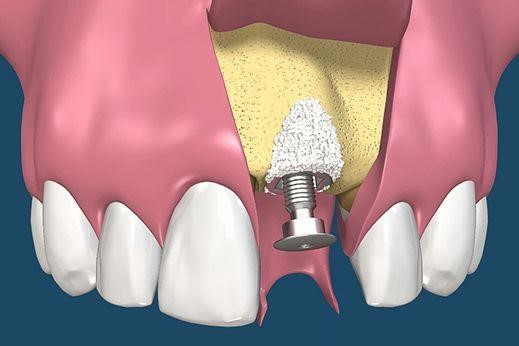
Cases requiring bone grafting
- Following tooth extraction to avoid bone resorption as a part of the socket preservation procedure
- Increase the bone size at an old extraction site due to bone resorption to increase implant success
- During sinus lift surgery to increase bone support around a dental implant
- Repair severe bone loss due to accidents or trauma
- Stabilise a loose tooth due to an advanced
- periodontal disease.
- Increase bone volume to provide a good foundation and support for a complete denture construction.
Types of bone grafting material
- Autogenous: This is when the bone grafted is harvested from another place in your body. The most common donor sites for autografts are the hips and pelvis. It is the safest bone graft type with the least chances for rejection and disease transmission.
- Allograft: Human bone graft purchased from a tissue bank like bone graft collected from a donor. The collected bone passes through many sterilisation processes to prevent disease transmission.
- Xenograft: Bone grafts from an animal origin. Certain animals, such as cows and pigs, have similar human bone structures, so bone grafts can be collected from these animals to be transplanted in defective sites.
- Alloplast: Synthetic bone material fabricated in the lab, having a similar human bone chemical composition.
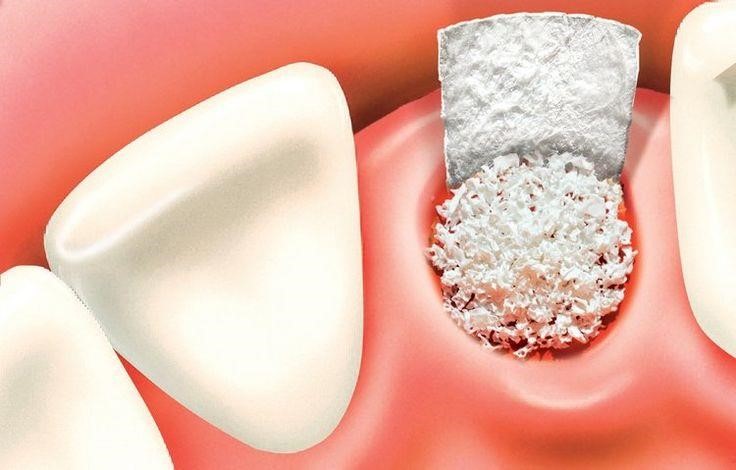
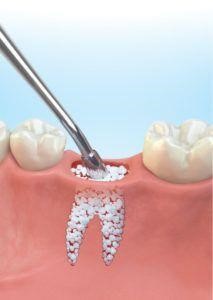
Dental Care Centre: London’s Leading Bone Graft Destination
Dental Care Centre holds its position as one of London’s leading centres for safe and high-quality bone graft surgeries for its patients with the highest standards of care.
Dental Care Centre surgeons are highly experienced in bone graft surgeries using top-quality branded materials. Our experts performed over 5000 implant placements with and without bone grafts with high success rates and patient satisfaction.
During the bone graft procedure, the area is numbed using local anaesthesia, and the gingiva is retracted to expose the bone surface. Then, bone graft material is added to the site of the bone defect.
The bone graft may or may not be covered using a membrane. A membrane is a coat used to protect the bone graft during healing. It may be resorbable or non-resorbable, requiring a second surgery for its removal.
Finally, the gum is repositioned and stitched in place. The surgical site may be covered with a dressing for a few days to protect the soft tissue healing. The stitches are usually resorbable, which does not require a second visit for removal.
After surgery, our professional surgeons will explain the post-operative instructions to follow and the frequency of follow-up visits to monitor the graft healing.
Post-Operative Instructions Include:
- Apply ice packs after surgery to reduce the swelling
- Do not disturb the surgical site
- Stick to a soft diet for a few days
- Avoid smoking and the consumption of alcoholic beverages
- Maintain oral hygiene measures
- Elevate your head during sleep to reduce swelling
- Avoid rinsing and spitting for two days after surgery

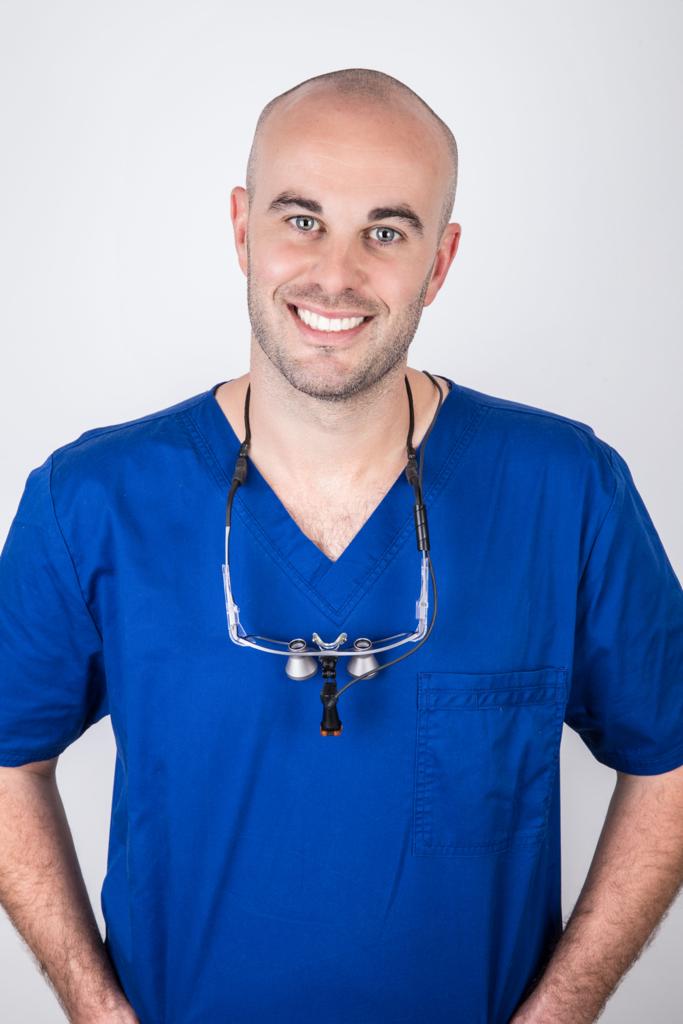
Dr Javier Perez
Bone grafting increases the eligibility and success of dental implants to replace missing teeth, support loose teeth to avoid extraction, and restore bone defects in case of trauma or accidents.
Bone grafting treatment is performed to reverse bone loss. Several causes lead to loss or destruction of the jawbone, including periodontal disease, trauma, or even removable dentures that do not fit. A bone graft can also be inserted to enhance the jawbone and make the implant insertion easier than it might be without this additional support.
Bone graft procedures may be performed after tooth extraction as a part of socket preservation, aiming to decrease the incidence of normal bone resorption occurring after tooth extraction to maintain a sufficient amount of bone for further restorative procedures.
Several types of bone grafts are available, such as: Autogenous bone graft: The grafting bone is taken from the patient, like the wrist, pelvis, ribs, or hips. Xenograft: Usually taken from cows, sanitised, and stored in a tissue bank. Alloplast: These are synthetic bones. Allograft: They can also be donor bone sourced from bone banks.
Autogenous bone grafts are considered the gold standard because they have the most predictable outcome of treatment and the least chance for graft rejection. Unlike autogenous grafts, allografts and xenografts do not require a second surgical site for graft harvest. However, they have a higher chance of graft rejection and disease transmission.
Bone grafting is a minor surgery conducted under local anaesthetic effect and sedation if necessary. Following the surgery, you may experience minor pain and swelling for a few days that can be managed through the prescribed medications.
You may experience mild pain, swelling, and bruising following a bone grafting surgery that usually resolves within a few days. Follow our dental expert’s instructions and medications for smooth healing.
Call our dental surgeons immediately if you experience a fever, pus oozing from the bone graft surgery site, severe pain, or swelling.
This depends on the bone graft size. In the case of a small graft, it may take up to three months to heal, while in larger grafts, the healing may take up to nine months.
It depends on the amount and type of bone graft required. Consult our dental experts to know more about the bone graft fees.
Other Specialist Dental Treatments

INVISALIGN
Straightens your teeth discreetly with a series of clear aligners
View

FACIAL AESTHETICS
Safe and effective line and wrinkle treatments
View

ORTHODONTICS
Choose from a range of teeth straightening treatments
View

PERIODONTAL THERAPY
Treatment and prevention of gum disease
View

ENDODONTICS
Root canal treatment to save the root of a tooth
View

ORAL SURGERY
Complex dental surgery
View
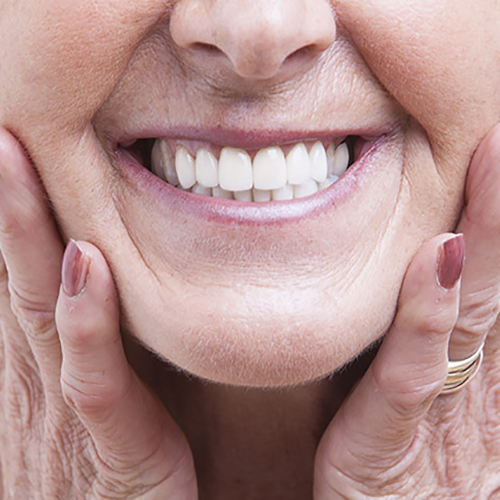
ALL-ON-4 IMPLANTS
Lose teeth in their upper or lower jaw because of tooth decay
View
Implants Completed
Invisalign Cases Completed
Floors Dental Super Clinic
Patients Treated
Hygienist Appointments Completed
Awards and Accreditations
Smile Gallery
Invisalign adults
Invisalign children
Implant & reconstructive
Veneers
Patient Stories
Dentist Near You
If you require local dentist in London or any type of private or NHS dental treatment in New Cross, Brockley, Crofton Park, Ladywell, Forest Hill, Rushey Green, Nunhead, Peckham, Blackheath, Lee Green, Greenwich, Dulwich, Lewisham, Perry Vale, Camberwell, Downham, Sydenham, Bellingham, Millwall, Eltham , Rotherhithe, Surrey Docks, Herne Hill, Penge, Bermondsey, Gipsy Hill, Grove Park, Crystal Palace, Tulse Hill, Thornton Heath, Charlton, Bermondsey or Deptford contact the Dental Care Centre today.
OTHER DENTAL TREATMENTS AVAILABLE

GENERAL DENTISTRY
We have a range of core therapies, from bridges, crowns, root canal and dentures through to Oral Cancer Screening.
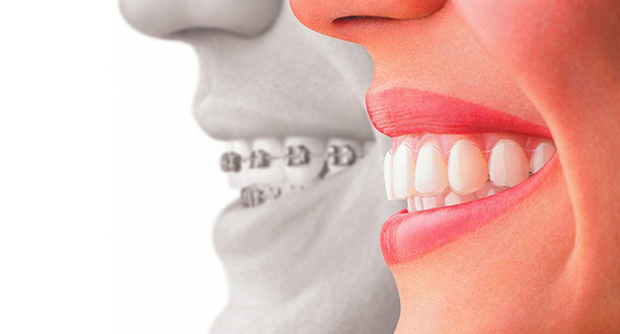
COSMETIC DENTISTRY
From smile makeovers and tooth whitening to invisibraces. We offer a wide range of cosmetic services to guarantee a great smile in 6 months



